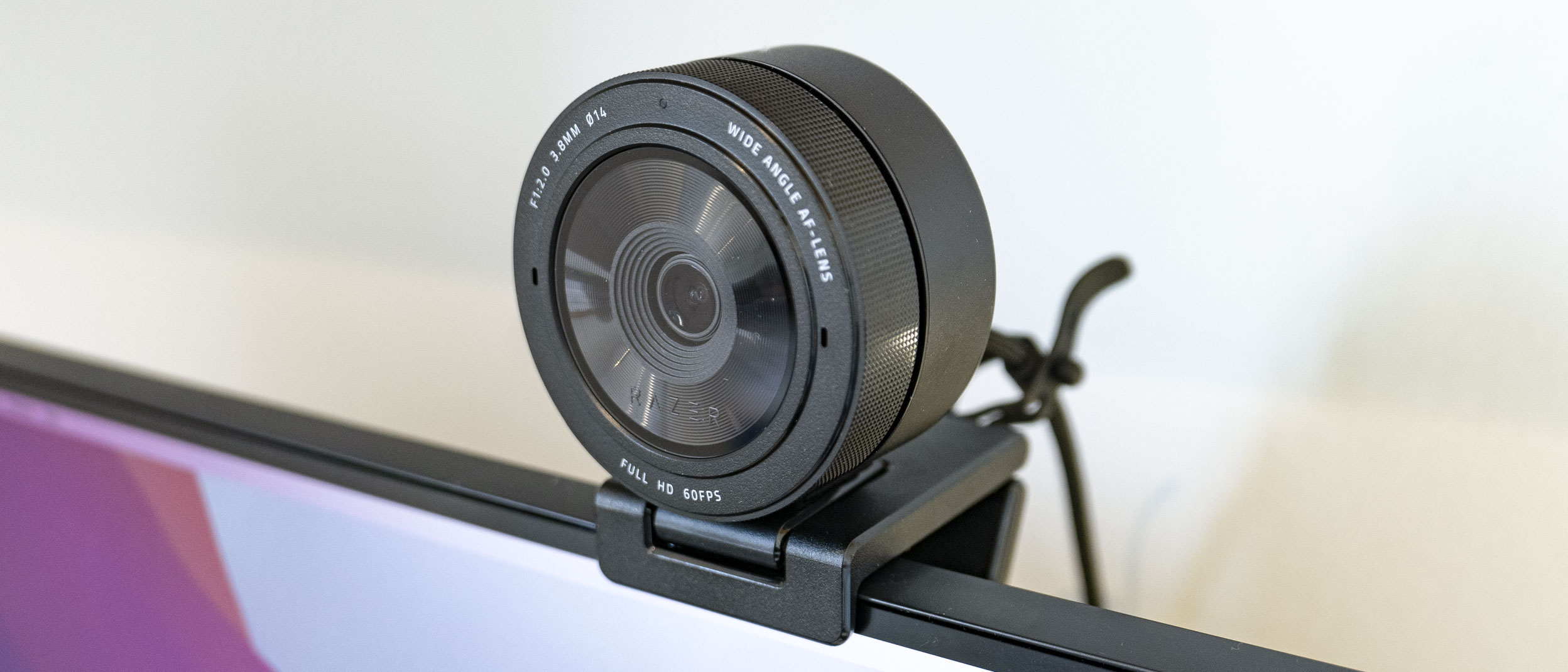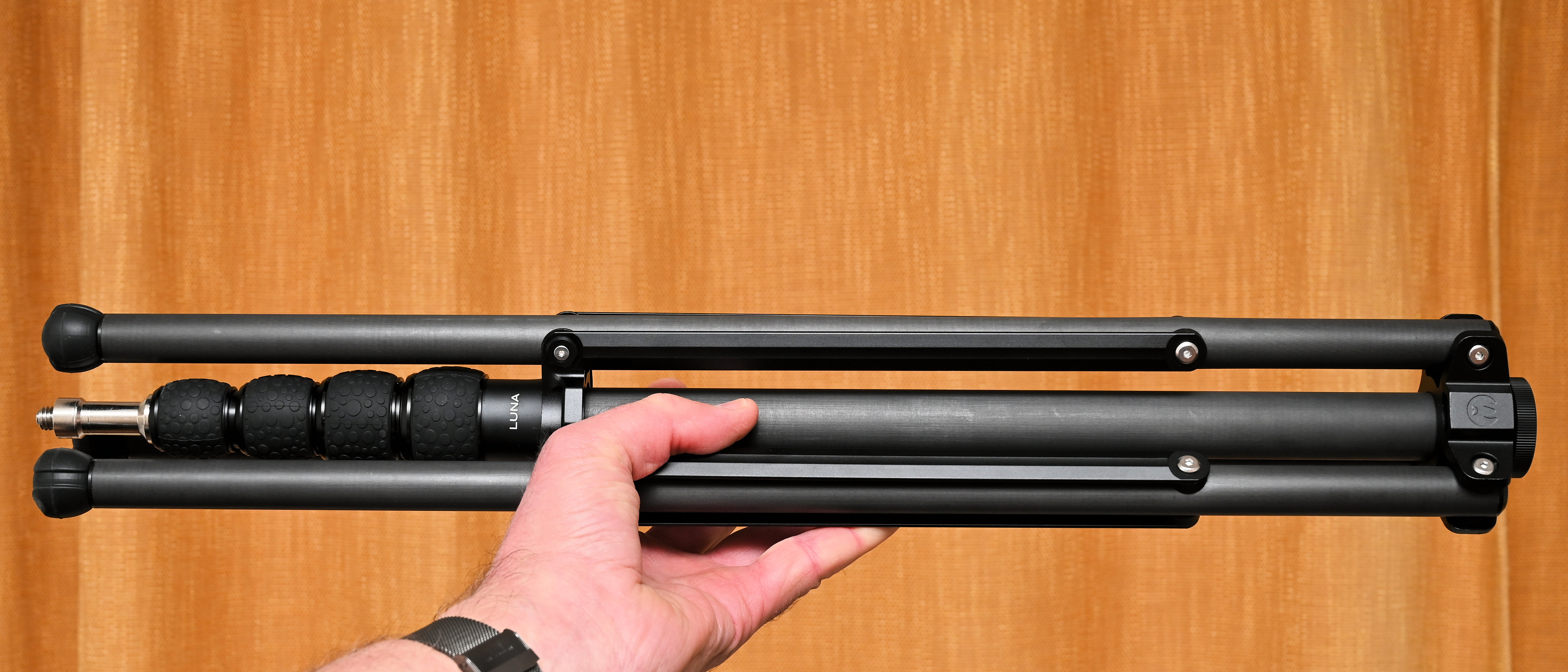Digital Camera World Verdict
The Razer Kiyo Pro is an excellent webcam that looks and feels premium, is easy to use and produces great video quality. But then so it should, given the $200/£200 recommended retail (although thankfully you can find this on sale for almost half this amount). The Kiyo Pro is primarily aimed at gamers and streamers, and for them the 60fps frame rate at Full HD will be ideal, while those who want to look their best in meetings, or just less dynamic live streams, can look their best with HDR and Full HD at a still-respectable 30fps.
Pros
- +
Great image quality
- +
60fps at Full HD
- +
Optional HDR
Cons
- -
Mac software compatibility is lacking
- -
High price
- -
Lacks 4K and Windows Hello
Why you can trust Digital Camera World
The Razer Kiyo Pro succeeds the original Kiyo, and while the new model no longer has its predecessor’s integrated ring light, it offers high-quality video for streamers, content creators and anyone who simply wants to look better in their meetings.
For the latter, who may have been using their integrated laptop webcam for Zoom meetings through the pandemic, the Razer Kiyo Pro can offer a serious visual upgrade, thanks to Full HD at 60 frames per second, optional HDR (at 30fps), a field-of-view of up to 90 degrees, and autofocus.
For everyone else the Kiyo Pro is aimed at – streamers, YouTubers and other content creators – this is an alternative to the Brio and StreamCam by Logitech.
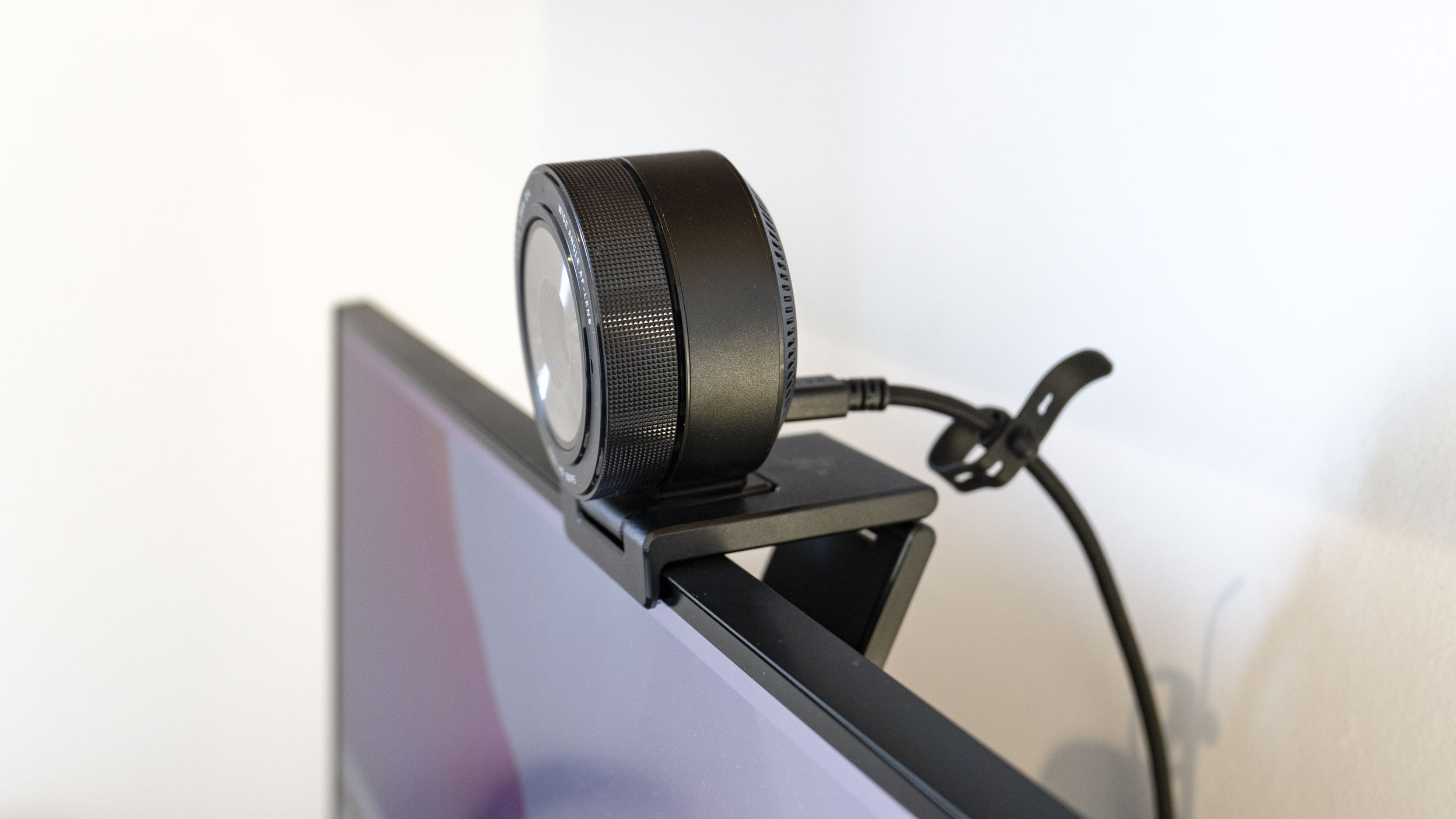
Razer Kiyo Pro specifications
Resolution: 1080p Full HD
Field of view: 80 to 103 degrees
Frame rate: Up to 60fps at 1080p
Digital zoom: 4x
Inbuilt microphone: Yes
Autofocus: Yes
Privacy cover: Yes
Connection: USB-C to USB-A
Key features
A high, 60fps frame rate at 1080p, along with a viewing angle of up to 103 degrees, are the two biggest features of the Razer Kiyo Pro. HDR (high dynamic range) is also on offer here, but that is only accessible when the frame rate is turned down to 30fps.
We don’t see this restriction as a major problem though. The way we see it, buyers who use the Kiyo Pro for meetings will want 1080p and HDR for optimum image quality, but care less for a high frame rate due to the lack of movement during video virtual meetings; they’ll likely be happy with 30fps.
On the other hand, the more dynamic performance of a video game streamer, for example, will benefit from turning up the frame rate to 60fps and losing HDR. In both cases, the camera can be set to 1080p Full HD, where software allows (as some video meeting apps cap resolution at 720p).
The Kiyo Pro’s autofocus is also a nice feature to have, but we found it tends to search quite often, rather than locking onto its target and keeping our face in continuous focus. We found it would frequently shift focus to the wall behind us, leaving us frustratingly out of focus. The camera would usually correct itself quickly once we moved slightly to regain its attention, so we wouldn’t say it’s a deal-breaker.
You can always switch off autofocus in Razer’s Synapse application, used to configure the company’s various gaming and streaming accessories. It is worth noting, however, that the current version of Synapse for Mac is a generation behind its PC equivalent and doesn’t yet work with the Kiyo Pro. Mac users will have to adjust settings in their video conference app, or via a third-party app like CameraController.
Build and handling
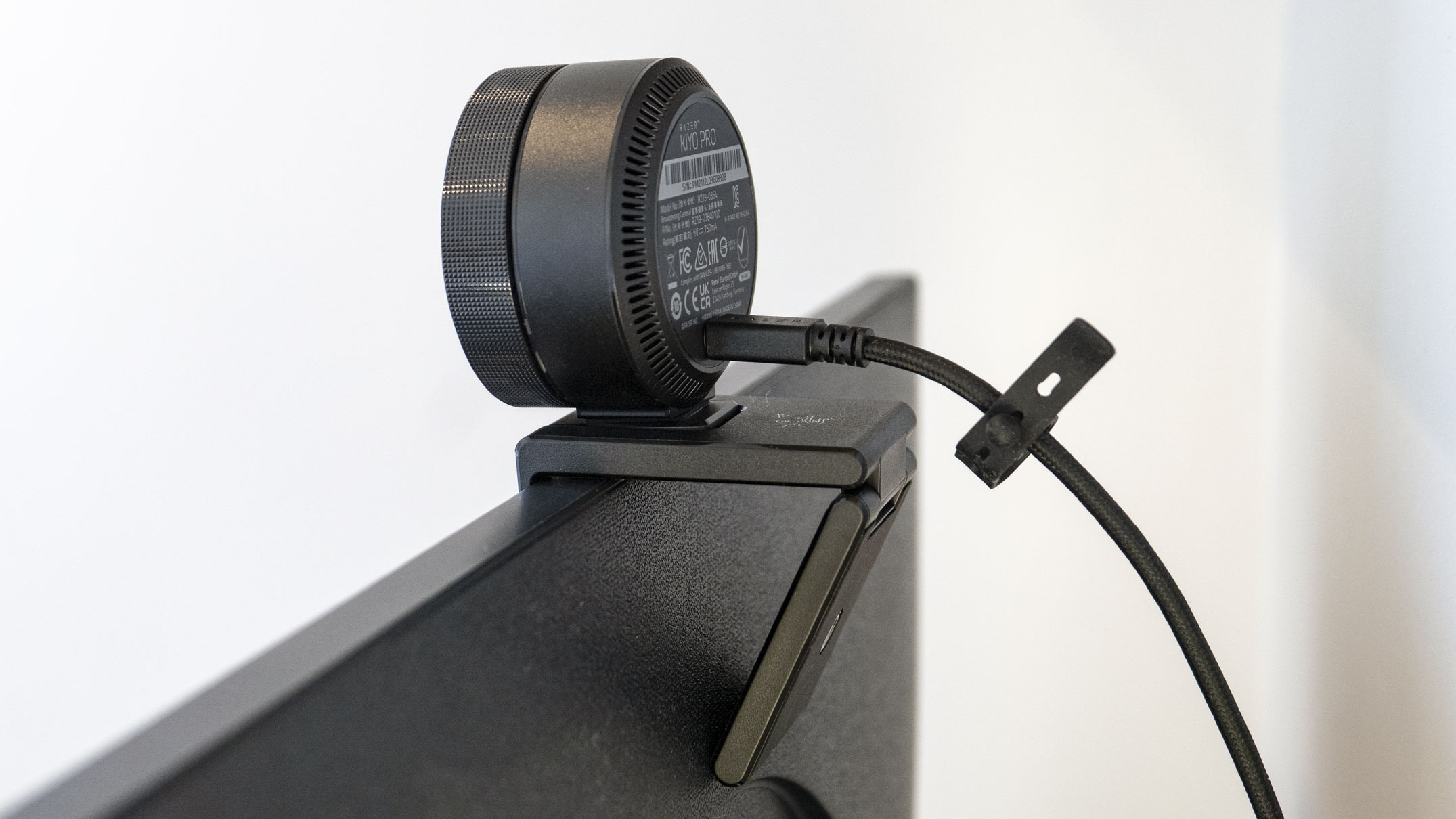
You will have surely seen by now from the images – the Kiyo Pro is a big webcam. Almost the diameter of a tennis ball, the circular device at first seems to have a manual focus ring on its front, but this is purely aesthetic and doesn’t rotate, which is slightly disappointing.
The large size isn’t too much of a problem, since the top of your computer monitor isn’t usually space to be fought over by anything else, but the height of the camera means the lens itself might sit slightly higher than you are used to. We certainly found the camera looks down on us more than a shorter webcam from Logitech. You might need to adjust your monitor or chair accordingly.
The camera comes with a folding monitor mount and can be adjusted left, right, up and down. This mount attaches to a standard tripod mount in the base of the webcam, and the mount itself has the same screw thread, so can also be attached to a tripod if you so wish. We feel like Razer has really thought all this through, making it easy to mount to a monitor or a tripod.
As for dimensions, the camera measures 68.7 x 68.7 x 48.5mm and weighs in at 196g. It comes with a 1.5m, braided USB-C to USB-A cable. A detachable lens cap is also included in the box.
Performance
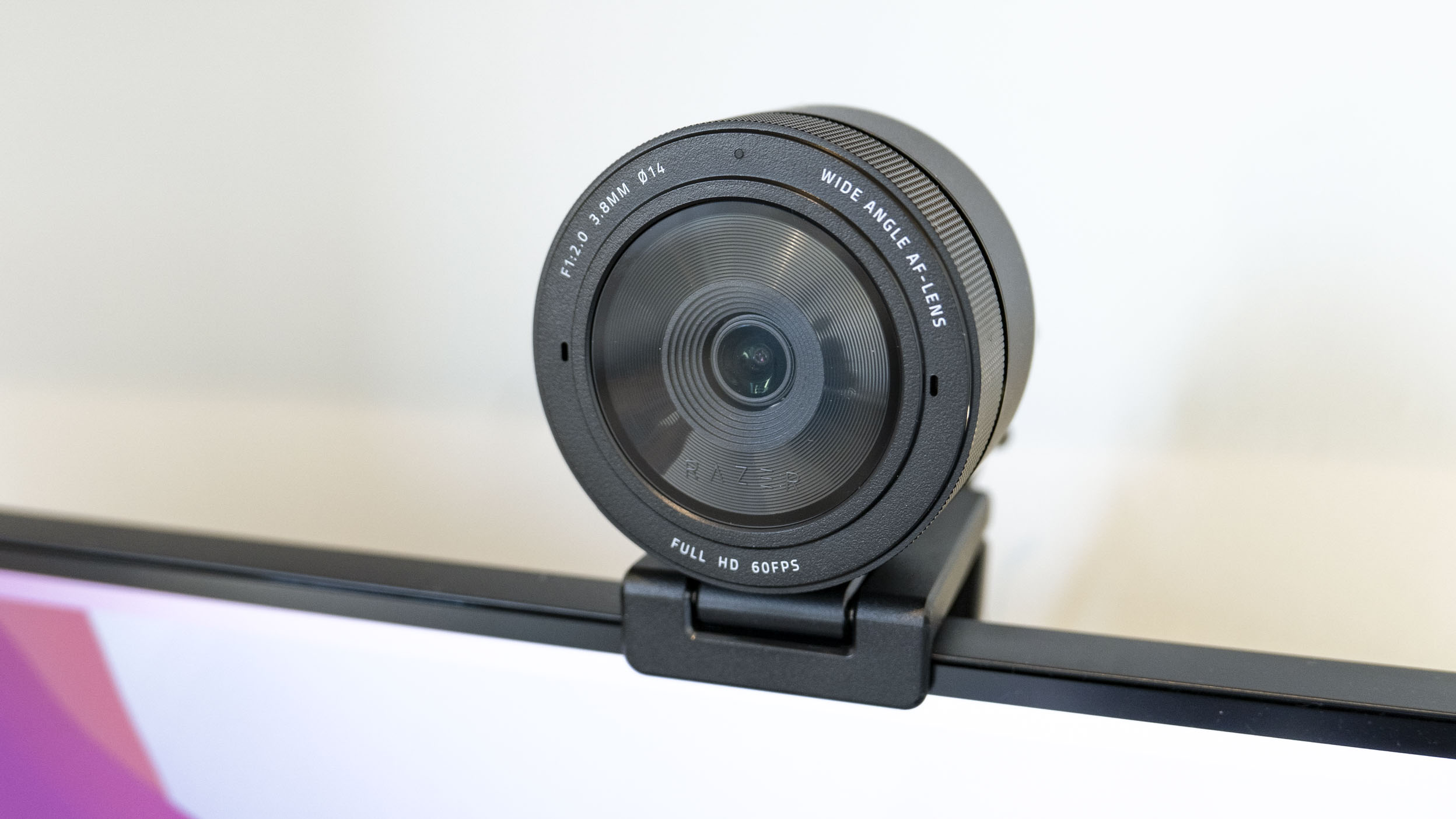
If you want to keep things simple, the Razer Kiyo Pro can be plug-and-play on both PC and Mac. Just connect it to a free USB port, open your video conference app of choice, and you’re good to go, But if you want to tinker with the settings you’ll have to install Razer’s free Synapse application.
As we said earlier, the Mac version doesn’t yet support the Kiyo Pro, but on Windows you can adjust the brightness, contrast, saturation and other parameters, as well as switch HDR on or off, and adjust the resolution and field of view.
To our eyes, the default image seemed a little too dark, but to its credit was very well balanced, with a good amount of detail retained in the light and dark areas of our room. Even the view out of a window behind us was retained on a bright and sunny day, without plunging the rest of the scene into total darkness. That said, we preferred to manually up the brightness a little to get the image we wanted.
Once tweaked to our preferred look, image quality from the Kiyo Pro is excellent. Footage from an integrated laptop webcam is usually very easy to spot, owing to its low quality, poor handling of exposure and grainy look. But with the Kiyo Pro we felt our appearance in Zoom and Teams meetings had been treated to a major upgrade.
Verdict
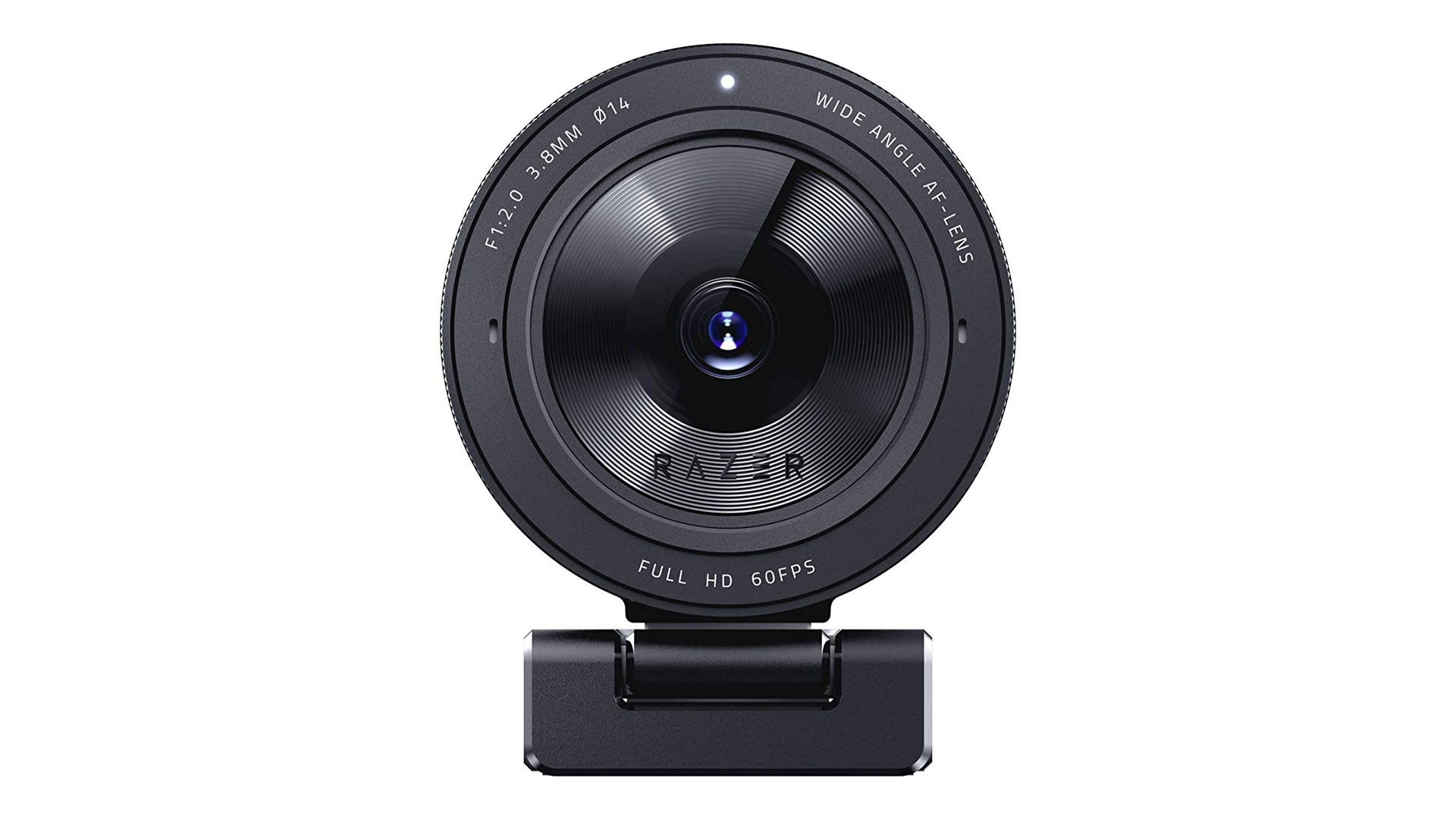
The Razer Kiyo Pro is an excellent webcam that looks and feels premium, is easy to use and produces great video quality. But then so it should, given the $200/£200 recommended retail (although thankfully you can find this on sale for almost half this amount). This is substantially more than the cheapest USB webcams out there, and on par with the Logitech Brio, which has a 4K resolution and works with Windows Hello – both things the Kiyo Pro misses out on.
That said, the Kiyo Pro is primarily aimed at gamers and streamers, and for them the 60fps frame rate at Full HD will be ideal, while those who want to look their best in meetings, or just less dynamic live streams, can look their best with HDR and Full HD at a still-respectable 30fps.
If you have the budget to spend on a high-quality webcam, and are perhaps already invested in Razer’s PC accessory ecosystem, then the Kiyo Pro makes a lot of sense.
Read more
The best webcam
Best conference webcams
Best PTZ camera
The best camera for streaming
Best projection screens
Best film scanners
Best all-in-one printers
Alistair has been a journalist since 2011 and used to be Deputy Technology Editor at IBTimes in London. His specialist tech subjects include smart home gadgets, phones, wearables, tablets and dashcams. He is the host of The AutoChat Podcast.
